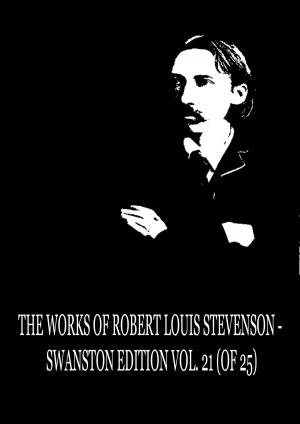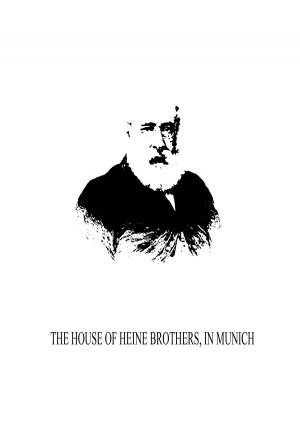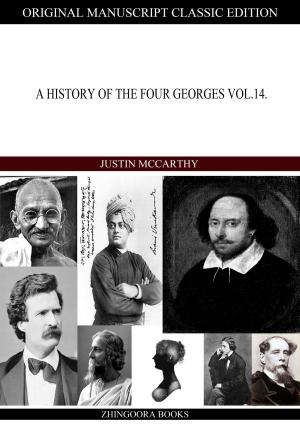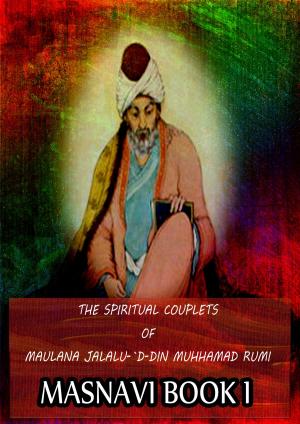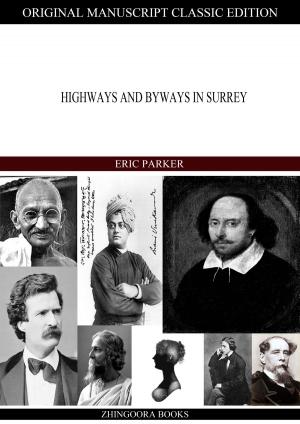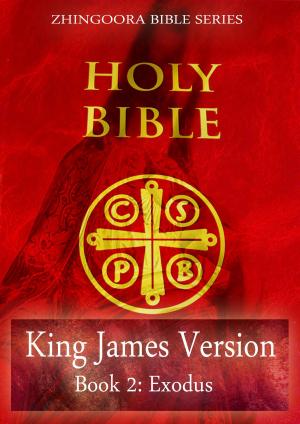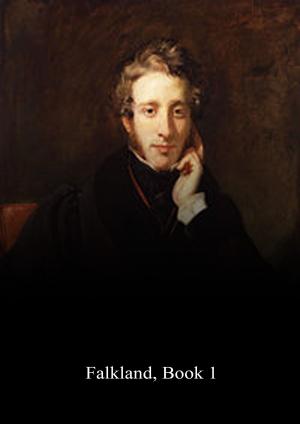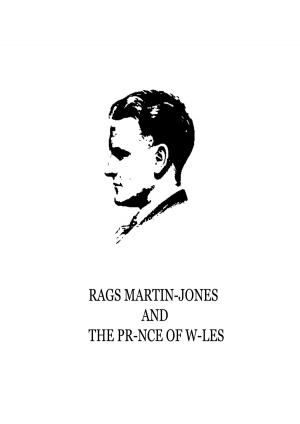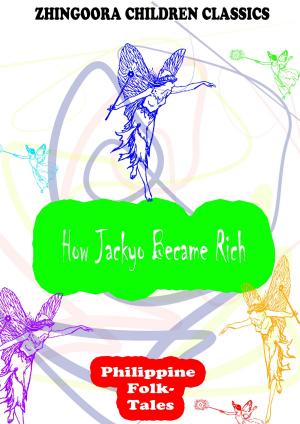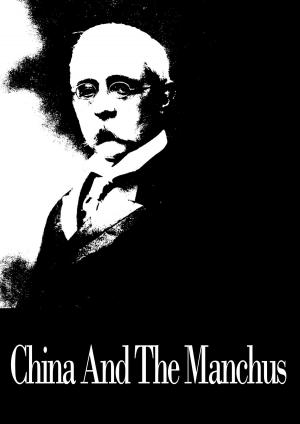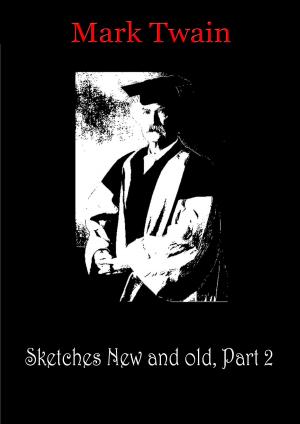| Author: | F. J. Snell | ISBN: | 1230000105645 |
| Publisher: | Zhingoora Books | Publication: | February 9, 2013 |
| Imprint: | Language: | English |
| Author: | F. J. Snell |
| ISBN: | 1230000105645 |
| Publisher: | Zhingoora Books |
| Publication: | February 9, 2013 |
| Imprint: | |
| Language: | English |
PREFACE
The aim of the present volume is to deal with Old English Customs, not so much in their picturesque aspect—though that element is not wholly wanting—as in their fundamental relations to the organized life of the Middle Ages. Partly for that reason and partly because the work is comparatively small, it embraces only such usages as are of national (and, in some cases, international) significance. The writer is much too modest to put it forth as a scientific exposition of the basic principles of mediæval civilization. He is well aware that a book designed on this unassuming scale must be more or less eclectic. He is conscious of manifold gaps—valde deflenda. And yet, despite omissions, it is hoped that the reader may rise from its perusal with somewhat clearer conceptions of the world as it appeared to the average educated Englishman of the Middle Ages. This suggests the remark that the reader specially in view is the average educated Englishman of the twentieth century, who has not perhaps forgotten his Latin, for Latin has a way of sticking, while Greek, unless cherished, drops away from a man.
The materials of which the work is composed have been culled from a great variety of sources, and the writer almost despairs of making adequate acknowledgments. For years past admirable articles cognate to the study of mediæval relationships have been published from time to time in learned periodicals like "Archæologia," the "Archæological Journal," the "Antiquary," etc., where, being sandwiched between others of another character, they have been lost to all but antiquarian experts of omnivorous appetite. Assuredly, the average educated Englishman will not go in quest of them, but it may be thought he will esteem the opportunity, here offered, of gaining enlightenment, if not in the full and perfect sense which might have been possible, had life been less brief and art not quite so long. The same observation applies to books, with this difference that, whereas in articles information is usually compacted, in some books at least it has to be picked out from amidst a mass of irrelevant particulars without any help from indices. If the writer has at all succeeded in performing his office—which is to do for the reader what, under other circumstances, he might have done for himself—many weary hours will not have been spent in vain, and the weariest are probably those devoted to the construction of an index, with which this book, whatever its merits or defects, does not go unprovided.
Mere general statements, however, will not suffice; there is the personal side to be thought of. The great "Chronicles and Memorials" series has been served by many competent editors, but by none more competent than Messrs. Riley, Horwood, and Anstey, to whose introductions and texts the writer is deeply indebted. Reeves' "History of English Law" is not yet out of date; and Mr. E. F. Henderson's "Select Documents of the Middle Ages" and the late Mr. Serjeant Pulling's "Order of the Coif," though widely differing in scope, are both extremely useful publications. Mr. Pollard's introduction to the Clarendon Press selection of miracle plays contains the pith of that interesting subject, and Miss Toulmin Smith's "York Plays" and Miss Katherine Bates's "English Religious Drama" will be found valuable guides. Perhaps the most realistic description of a miracle play is that presented in a few pages of Morley's "English Writers," where the scene lives before one. For supplementary details in this and other contexts, the writer owes something to the industry of the late Dr. Brushfield, who brought to bear on local documents the illumination of sound and wide learning. A like tribute must be paid to the Rev. Dr. Cox, but having regard to his long and growing list of important works, the statement is a trifle ludicrous.
One of the best essays on mortuary rolls is that of the late Canon Raine in an early Surtees Society volume, but the writer is specially indebted to a contribution of the Rev. J. Hirst to the "Archæological Journal." The late Mr. André's article on vowesses, and Mr. Evelyn-White's exhaustive account of the Boy-Bishop must be mentioned, and—lest I forget—Dr. Cunningham's "History of English Commerce." The late Mr. F. T. Elworthy's paper on Hugh Rhodes directed attention to the Children of the Chapel, and Dom. H. F. Feasey led the way to the Lady Fast. Here and often the writer has supplemented his authorities out of his own knowledge and research. It may be added that, in numerous instances, indebtedness to able students (e.g., Sir George L. Gomme) has been expressed in the text, and need not be repeated. Finally, it would be ungrateful, as well as ungallant, not to acknowledge some debt to the writings of the Hon. Mrs. Brownlow, Miss Ethel Lega-Weekes, and Miss Giberne Sieveking. Ladies are now invading every domain of intellect, but the details as to University costume happened to be furnished by the severe and really intricate studies of Professor E. G. Clark.
F. J. S.
Tiverton, N. Devon,
January 22, 1911.
PREFACE
The aim of the present volume is to deal with Old English Customs, not so much in their picturesque aspect—though that element is not wholly wanting—as in their fundamental relations to the organized life of the Middle Ages. Partly for that reason and partly because the work is comparatively small, it embraces only such usages as are of national (and, in some cases, international) significance. The writer is much too modest to put it forth as a scientific exposition of the basic principles of mediæval civilization. He is well aware that a book designed on this unassuming scale must be more or less eclectic. He is conscious of manifold gaps—valde deflenda. And yet, despite omissions, it is hoped that the reader may rise from its perusal with somewhat clearer conceptions of the world as it appeared to the average educated Englishman of the Middle Ages. This suggests the remark that the reader specially in view is the average educated Englishman of the twentieth century, who has not perhaps forgotten his Latin, for Latin has a way of sticking, while Greek, unless cherished, drops away from a man.
The materials of which the work is composed have been culled from a great variety of sources, and the writer almost despairs of making adequate acknowledgments. For years past admirable articles cognate to the study of mediæval relationships have been published from time to time in learned periodicals like "Archæologia," the "Archæological Journal," the "Antiquary," etc., where, being sandwiched between others of another character, they have been lost to all but antiquarian experts of omnivorous appetite. Assuredly, the average educated Englishman will not go in quest of them, but it may be thought he will esteem the opportunity, here offered, of gaining enlightenment, if not in the full and perfect sense which might have been possible, had life been less brief and art not quite so long. The same observation applies to books, with this difference that, whereas in articles information is usually compacted, in some books at least it has to be picked out from amidst a mass of irrelevant particulars without any help from indices. If the writer has at all succeeded in performing his office—which is to do for the reader what, under other circumstances, he might have done for himself—many weary hours will not have been spent in vain, and the weariest are probably those devoted to the construction of an index, with which this book, whatever its merits or defects, does not go unprovided.
Mere general statements, however, will not suffice; there is the personal side to be thought of. The great "Chronicles and Memorials" series has been served by many competent editors, but by none more competent than Messrs. Riley, Horwood, and Anstey, to whose introductions and texts the writer is deeply indebted. Reeves' "History of English Law" is not yet out of date; and Mr. E. F. Henderson's "Select Documents of the Middle Ages" and the late Mr. Serjeant Pulling's "Order of the Coif," though widely differing in scope, are both extremely useful publications. Mr. Pollard's introduction to the Clarendon Press selection of miracle plays contains the pith of that interesting subject, and Miss Toulmin Smith's "York Plays" and Miss Katherine Bates's "English Religious Drama" will be found valuable guides. Perhaps the most realistic description of a miracle play is that presented in a few pages of Morley's "English Writers," where the scene lives before one. For supplementary details in this and other contexts, the writer owes something to the industry of the late Dr. Brushfield, who brought to bear on local documents the illumination of sound and wide learning. A like tribute must be paid to the Rev. Dr. Cox, but having regard to his long and growing list of important works, the statement is a trifle ludicrous.
One of the best essays on mortuary rolls is that of the late Canon Raine in an early Surtees Society volume, but the writer is specially indebted to a contribution of the Rev. J. Hirst to the "Archæological Journal." The late Mr. André's article on vowesses, and Mr. Evelyn-White's exhaustive account of the Boy-Bishop must be mentioned, and—lest I forget—Dr. Cunningham's "History of English Commerce." The late Mr. F. T. Elworthy's paper on Hugh Rhodes directed attention to the Children of the Chapel, and Dom. H. F. Feasey led the way to the Lady Fast. Here and often the writer has supplemented his authorities out of his own knowledge and research. It may be added that, in numerous instances, indebtedness to able students (e.g., Sir George L. Gomme) has been expressed in the text, and need not be repeated. Finally, it would be ungrateful, as well as ungallant, not to acknowledge some debt to the writings of the Hon. Mrs. Brownlow, Miss Ethel Lega-Weekes, and Miss Giberne Sieveking. Ladies are now invading every domain of intellect, but the details as to University costume happened to be furnished by the severe and really intricate studies of Professor E. G. Clark.
F. J. S.
Tiverton, N. Devon,
January 22, 1911.

